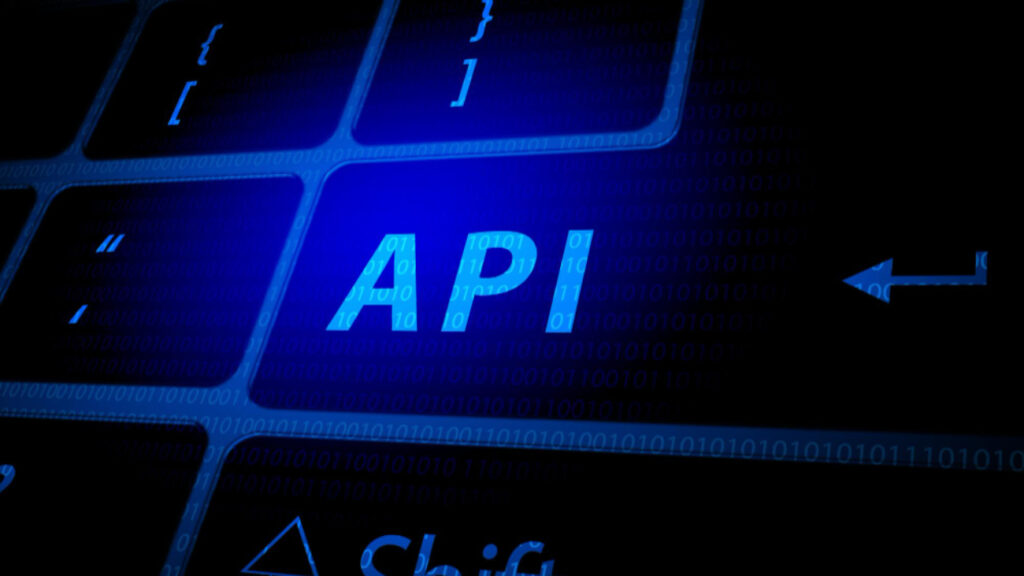As the use of APIs continues to grow, many organizations are looking for ways to mitigate any security risks associated with the development phase. APIs, or application programming interfaces, allow different systems to communicate with each other and are a powerful tool for organizations looking to integrate different systems and create new services. However, they can also open the door to malicious attackers who can easily exploit the vulnerabilities of an API if it’s not properly secured.
Fortunately, there are some steps you can take to help ensure your API development is secure and free from risks. Here are seven tips to help you mitigate API risks during development:
1. Understand the Scope of Your API
One of the first steps in mitigating risks associated with API development is understanding your API’s scope. Every API-based system has different requirements and potential risks associated with it, so understanding the scope of the system and the risk associated with it should be the foundation of your security plan.
2. Develop Clear Guidelines
Once you have a strong understanding of the scope of your API, it’s time to create clear guidelines outlining the security requirements for the project. These guidelines should include measures to prevent unauthorized access, use, and manipulation of the data and provide clear rules for managing users, authentication, and authorization.
3. Monitor Your Code and APIs
Monitoring your code and APIs is essential to detecting and addressing vulnerabilities as soon as possible. This can include automated tests, manual reviews, code analysis, and code reviews.
4. Use Tokenization and Encryption
Tokenization and encryption are protective measures for data access. Tokenization is creating a unique identifier that identifies a data item or document. At the same time, encryption encodes the data so unauthorized individuals or systems cannot read it.
5. Leverage Web Application Firewalls
A web application firewall (WAF) is a software firewall that monitors, filters, and blocks incoming and outgoing traffic. It can be used to identify and protect against potential vulnerabilities.
6. Implement Secure Logging and Auditing
Monitoring and analyzing network traffic are critical to preventing unauthorized access and detecting potential attacks. Logging and auditing tools can provide real-time insights into network activity and can help detect any suspicious behavior.
7. Never Sacrifice Security for Usability
It’s important to remember that API security should never be sacrificed to make your API more “user-friendly” or “accessible.” Security should always be a top priority during API development, and any user-experience changes should be thoroughly evaluated for their potential security risks.
By following these steps, you can ensure that your API development is as secure and risk-free as possible. It’s also important to keep up with the latest security trends and best practices and to continuously monitor your APIs for any suspicious activity. Taking a proactive approach to API security can help ensure your API is secure and free from risks.
Thank you for your interest in Bahaa Al Zubaidi blogs. For more stories, please stay tuned to www.bahaaalzubaidi.com
